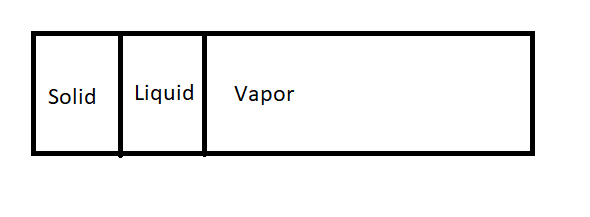Hi everyone,
I am currently working on calculating interfacial tensions at the liquid-vapor and solid-liquid interfaces. Initially, I followed the IK method to calculate interfacial tension from the pressure tensor for the liquid-vapor interface, and the results were consistent with literature values. However, when I attempted the same procedure for the solid-liquid interface (Ar-Pt), I obtained different results.
I then came across the Test Area Method (TAM) and discovered that the fep/ta function could be used to calculate the interfacial tension. Additionally, I found the Shuttleworth equation, which relates surface tension to surface energy, which implies in case of solid-liquid, these two are not the same
Now, I have the following doubts:
-
If I have a system involving solid-liquid-vapor interfaces (as shown in the picture), and I apply the fep/ta method, will it provide the overall surface free energy of the system? In other words, would it be the sum of:
Surface free energy for solid-liquid interface and Surface tension for liquid-vapor interface?

-
Is the IK method applicable for calculating interfacial tension at the solid-liquid interface(Ar-Pt)?
-
Or can you suggest any other better method for calculating surface tension in solid-liquid interface?

I found in one literature that TA method is providing the left side value of this equation. Now, when I applying IK method, is it giving the first value of right side?
I would appreciate any insights or guidance from your experience with these methods.